
India is a popular destination for people looking for spirituality, inner peace, meaning and to find themselves. But…
Why do people go to India to find themselves? The ancient spiritual texts the Upanishads were written centuries before the Bible by men asking the same questions. Now modern novels like ‘Eat Pray Love’ have made it popular to head to India for self-knowledge.
I’m not going to pretend I’m some spiritual guru who can help you find yourself. I’ve found it’s a very personal journey so I won’t try to give you advice. There are many reasons many people come to India to find themselves, and as I’ve researched these questions, here’s what I’ve found:
Ancient Literature from India
Between 1500 and 1000 years before Christ, the scriptures called the Vedas were thought to have been written. These texts are to Hinduism, what the Bible is to Christianity. It is impossible the exact date they were written or who wrote them because they were originally passed down by word of mouth.
What is known is that the Vedic texts had a HUGE influence on the region we now call India. They were written in Sanskrit and helped this language spread throughout the region. Sanskrit is similar to Latin in that it influenced many past and current languages such as Hindi, Urdu, and many more.
In addition to helping spread the Sanskrit language, the Vedas also influenced the Buddha who was born about 623 years before Christ.
Later, the Upanishads were written around 800 to 500 BCE. The Upanishads were a reaction against the Vedic texts. The Vedas focused on rituals and idols in order to maintain a balance in life and the universe. Whereas the Upanishads focused on internal spiritual quests to find answers to the important questions in life. It is a collection of stories, experiences and the learnings of science-philosophers who experimented obsessively within their own bodies, minds and lives.
You are what your deep driving desire is. As your desire is, so is your will. As your will is, so is your deed. As your deed is, so is your destiny.
Brihadaranyaka Upanishad
The Upanishads means “to sit down near” an enlightened teacher. This practice continues today and in the town, I live is the aim of many spiritual tourists that I meet.
In this book, they started asking big questions like:
- What is the secret of happiness?
- What happens after death?
- Where did the universe come from?
- What is the nature of reality?
- When I say “I,” what do I really mean? My body? My mind? My emotions?
While the Vedas are about Gods, the Upanishads do NOT mention Gods that much. The Upanishads are very logical.
The Upanishads influenced Western philosophers such as Arthur Schopenhauer who introduced the concept of philosophical pessimism to the world. This theory states that the world is suffering and an illusion. Similar to the Hindu premise that all the world is Maya (meaning illusion) and the Buddhist First Truth that life consists of pain, suffering, and misery. Schopenhauer’s work later influenced Nietzche, Tolstoy, and Einstein.
Those who dwell on and long for sense-pleasure are born in a world of separateness. But let them realize they are the self and all separateness will fall away.
Mundaka Upanishad
The Mahabharata and Ramayana are two Indian epic literature with tales of demons, gods, love, evil, wars. And even though they are very long, even people in the smallest villages are aware of the stories.
The Mahabharata has 1.8 million words and is 10x the length of the Odyssey and the Illiad put together.
Source
Hindus believe that the self is in every living being and that self-awareness is a worthy aim. Meditation is recommended and invokes self-awareness to understand the true nature of things.
These ancient texts and beliefs may have contributed to a spiritual environment in India where it is accepted to focus on your inner peace, personal growth and self-knowledge.
Buddhism and Other Religions

Hinduism is the most popular religion in India, but Jainism and Sikhism both originated here and the Buddha was born here in 623 BCE. Even the prehistoric religions of the Harappan people show beliefs in mysticism and the afterlife in their Mesolithic rock paintings.
“You, yourself, as much as anybody in the entire universe, deserve your love and affection.”
— The Buddha
There are currently more than 9 religions practicing in India. There are 1.02 billion Hindus making up 85% of the population. However, Islam, Christianity, Buddhism, Sikhism, and Jainism also have significant numbers of followers. Judaism, Zoroastrianism and the Baha’i Faith are practiced in India as well.
Unlike Christianity, in Hinduism, one prominent belief is that the divine is within all things, even people of other religions. This and the vast and diverse population in India may contribute to a “live and let live” philosophy.
In 1976, the Indian constitution was changed to make the nation a secular state. It protects minority religions against discrimination and ensures the right to practice any religion. This doesn’t mean India is completely harmonious, in fact the conflict of religions has led to many bloody and fierce conflicts.
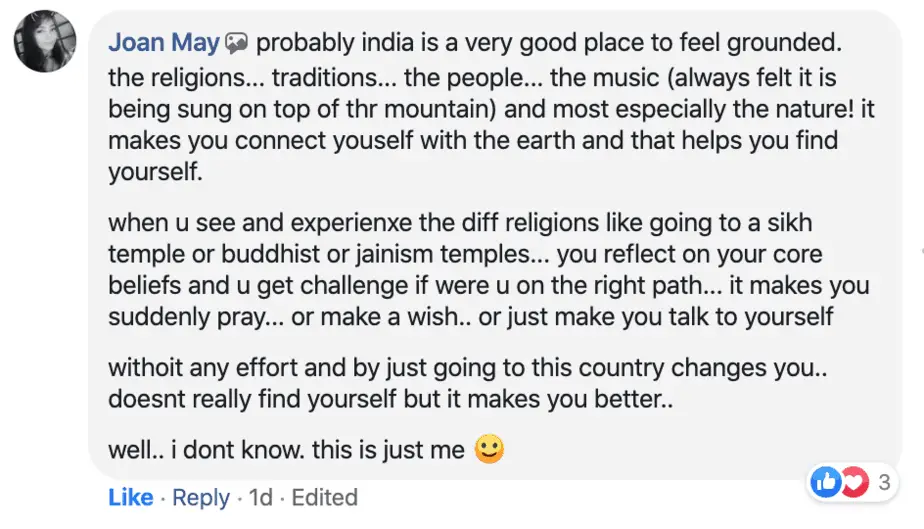
The Birthplace of Yoga

The word “yoga” was first recorded in the Rig-Veda – the oldest of the ancient scriptures. It is thought to have been developed more than 5,000 years ago, however, since the teachings were written on banana leaves or passed down orally no one really knows when it was written.
The original purpose of yoga was to train the mind and body to observe the self and become aware of their own nature.
Source
Yoga was mentioned often in the Upanishads as priests, Brahmans and mystic seers experimented with yoga for self-knowledge. The Upanishads taught to transcend the ego through knowledge of self, taking action in karma yoga and wisdom through jnana yoga.
Patanjali’s Yoga-Sutras are 196 Sanskrit sutras which are the foundation for the theory and practice of yoga. Patanjali was an Indian sage living 400 years after Christ and is considered the father of Yoga. This is the most translated ancient texts on Yoga, recently which was brought into modern popularity by Swami Vivekananda.
He also astounded audiences with his lectures about yoga and the similarities of world religions in Chicago in 1893. His work still influences yoga styles today.
The Bhagavad Gita was written 500 years before Christ and is considered one of the most popular Yogic scriptures. It is one part of the Mahabharata describing the iconic story of Arjun, a famed warrior consulting the god Krishna before a huge battle of his friends and family.
- Should he fight… and possibly destroy family and friends?
- Or should he refuse to fight… and be destroyed along with his other family and friends?
Many think of this story as a spiritual text that can inspire you to take action in accordance with your religions beliefs.
As time went on, yogis focused on using the physical body to achieve enlightenment through modern yoga practices such as Tantra Yoga. This later influenced the modern Western form of yoga, Hatha Yoga.
In the 1920s, the first Hatha Yoga school was opened in India. This led to a spread of the practice and other influential yogis quickly followed leading to the creation of more ashrams and yoga centers around the world.
In the USA, Indra Devi opened a yoga studio in Hollywood in 1947, which helped spread this ancient practice to the West.
The Birthplace of Ayurveda
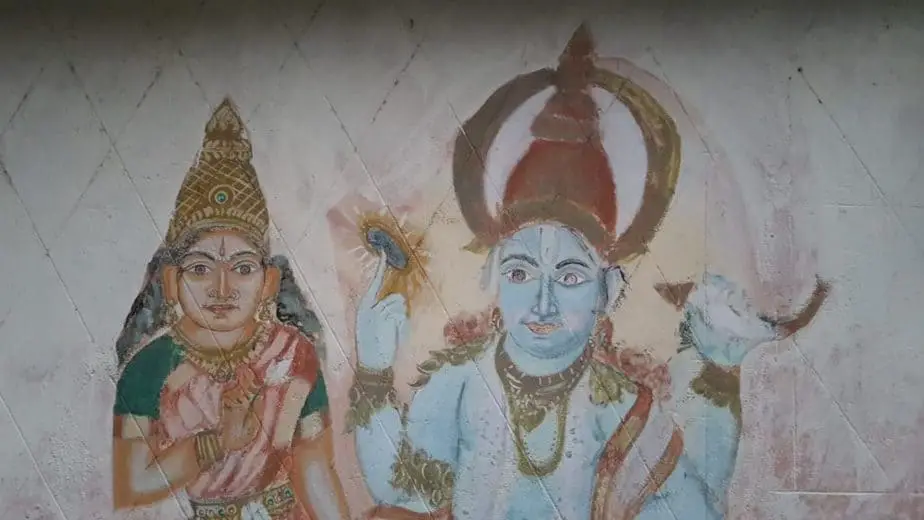
Ayurveda is an ancient system of Indian medicine focusing on holistic health. It originated 6,000 years ago and means the “knowledge of life and longevity.” It states that water, earth, air, and space are the fundamental elements of life. They make up our body, the Earth and the universe. Practitioners look at the individual nature of each person and use their knowledge of these elements to heal them in an individualized way. They may also prescribe breathing exercises, herbs, or yoga.
According to Ayurveda, there are three substances present in our bodies:
- Vata Dosha – Air and Space. Thin. Active eyes. Lively and enthusiastic.
- Pitta dosha – Fire and water. Medium build. Clear gaze. Purposeful and intent.
- Kapha dosha – Strong frames. Warm eyes. Easygoing and nurturing.
Most people are a combination of doshas but have one primary one. We are all born healthy and when we get ill, it is a departure from our natural state.
Ayurveda is a path to wholeness. There is the concept of the small self (your personality) with the large self (your universal nature). Through exercise, diet and healing you can become a way of both of yourselves and know the part of you that is untouched and perfect.
In the Hindu myths and Vedas, Dhanvantri was the doctor of the gods and the god of Ayurveda.
The Southern state of Kerala has a particularly strong history of Ayurvedic healing. In my travelers, I’ve met some people who regularly travel there to study and practice. In the town I live in there are also a lot of Ayurveda pharmacies, massages, treatments, medicines and foods.
With knowledge of Ayurveda, you may learn which foods are best for you, which yoga poses are best for you, and which meditations are best for you.
The Shock of India’s Culture
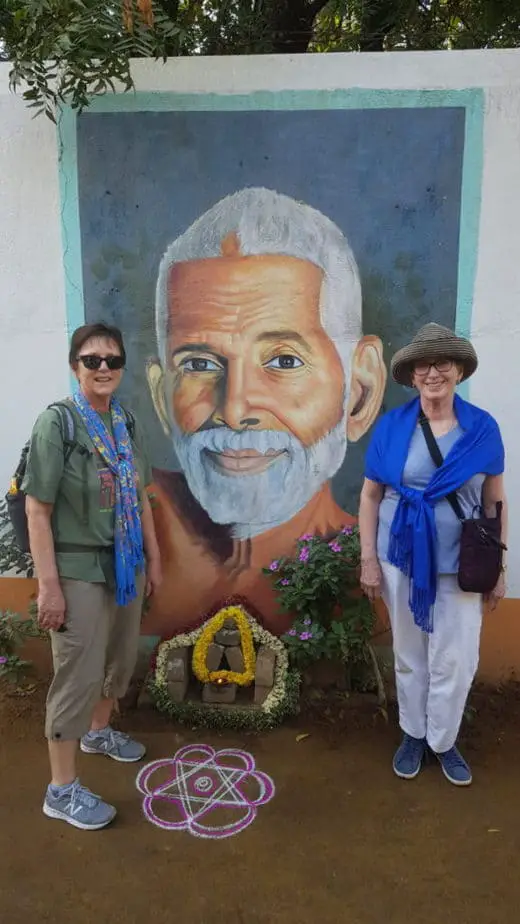
My aunt described India’s culture as “otherworldly.” My mom said it was like nothing she imagined. For many people, traveling to India can be a beautiful gut-punch, that can show them insights about their culture, thoughts, actions and feelings they may not have considered.
Many people travel for self-knowledge (myself included), but others travel for their own personal reasons.
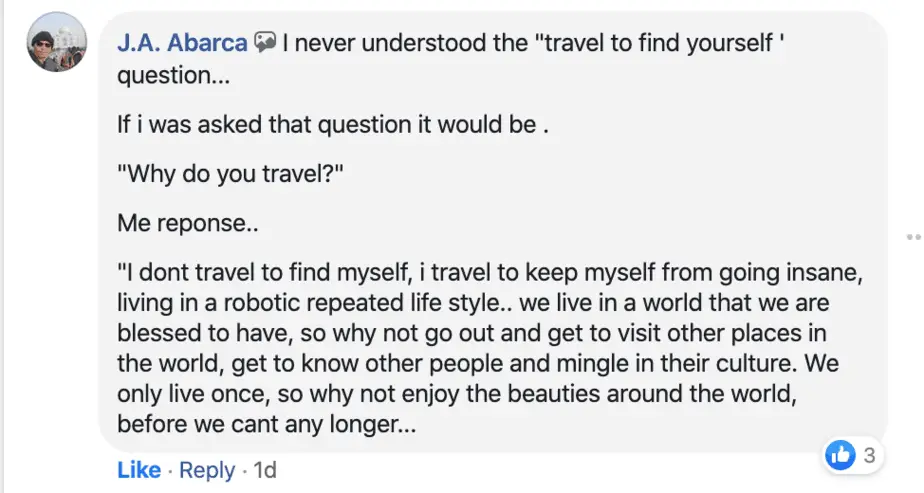
I actually love culture shock. It’s scary and terrifying even but the realization that comes from finding yourself in what seems like an alien environment can lead to some profound realizations about who you really are.
I love that India’s culture is so different than what I’m used to. I love that going to the grocery store in India or trying to find an ATM that works can turn out to be an epic adventure.

Popular Culture
When the Nobel Prize-winning Indian poet Rabindranath Tagore, a accepted his award in 1913 he said:
Is not the East the mother of spiritual humanity and does not the West, do not the children of the West amidst their games and plays, when they get hurt, when they get famished and hungry, turn their faces to that serene mother, the East?”
Rabindranath Tagore
People come to India to find themselves because it is generally thought of as the place to find yourself. It’s the place to find inner peace and seek truth.
Maybe it is because of the long tradition of spiritual seekers, science philosophers, and gurus where it is socially acceptable to renounce your family, drap yourself in orange and live on the streets.
When 12 million people bought copies of Elizabeth Gilbert’s autobiographical novel, Eat Pray Love, it boosted tourism to ashrams and meditation centers in India according to the popular travel agency Cox and Kings. “There has been a 20 percent spurt in this segment recently,” said Cox and Kings’ Thomas Thottathil.
See the world for yourself on a transformational journey taken straight from Liz’s itinerary in the film Eat Pray Love with STA Travel
STA website
This $1,099-a-piece, eight-day tour includes a trip to Varanasi, the spiritual heart of India, and the sacred Sarnath, where Buddha first taught the Dharma.
There were even small group tours marked for the Eat, Pray and love in India. This one is just over $5,000.
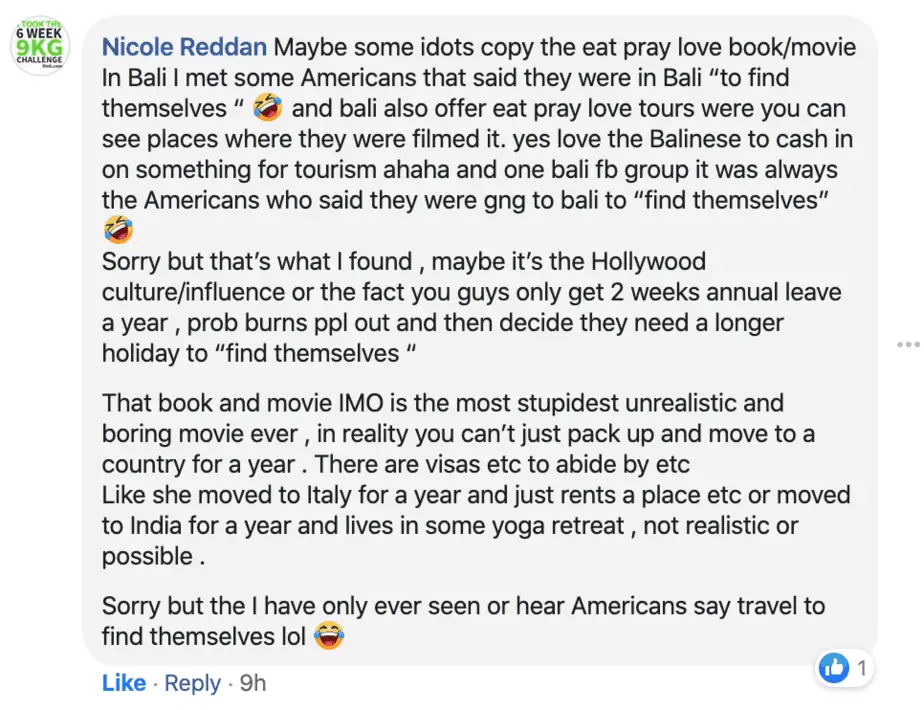
The Beatles visited Rishikesh in 1968 to do a course in Transcendental Meditation at the ashram of Maharishi Mahesh Yogi. Today you can still find the Beatles Ashram there.
Slumdog Millionaire popularized and romanticized the slums of Mumbai, which now have tours of the slums.
Gerard Butler visited India after Slumdog Millionaire was released and spent time with the kids featured in the film.
Angelina Jolie and Brad Pitt took a trip to India in 2006 with their kids.
Leonardo DiCaprio has visited India and now posts about Delhi’s #RightToBreathe protests, the water problems in Chennai and his support of an endangered river in southern India.
Russell Brand, the once drug-addicted to spirituality-inspired comedian, once proposed to Katy Perry in front of the Taj Mahal and had his wedding in Jaipur.
This is NOT just a modern idea though. In the 17th and 18th century European aristocracy and intellectuals admired India as well. It was romantically seen as an antidote to the materialism of Europe.
So… if you’re heading to India to find yourself, you are in good company 🙏
Related Question:
Why Do Foreigners Visit India?
India is known throughout the world for it’s colorful and vibrant culture. It has one of the oldest civilizations and a wide variety of food, architecture, and activities that are very different than Western culture. This is why it attracted over 10 million foreign tourists in 2017.
How Many Foreigners Are Living in India?
In 2015 it was found that about 5.2 million immigrants live in India. It has one of the largest populations of foreigners in the world. Delhi, Mumbai, Goa, Bangalore, Kalkutta and other major cities are where they mostly live.

